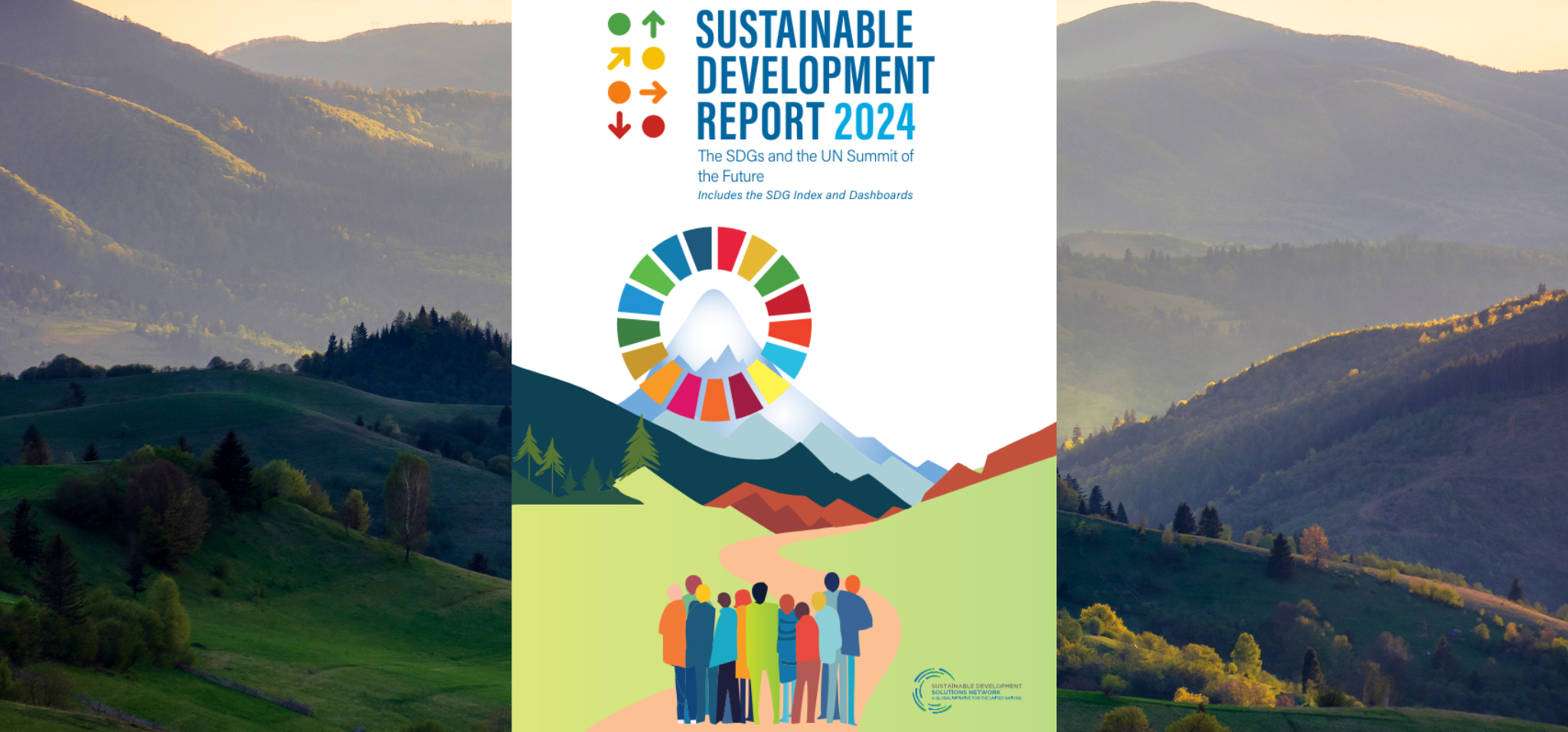
The FABLE Consortium has developed new pathways to promote ambitious policies to achieve targets related to agricultural productivity, reduced environmental footprint, and diet shifts. The results are featured in the 9th edition of the Sustainable Development Report (SDR) by the UN Sustainable Development Solutions Network (SDSN).
These parthways result from the FABLE Scenathon, an iterative process that aligns national and regional pathways with global sustainability targets, ensuring coherent trade assumptions. This Scenathon edition involved 22 country teams representing 60% of the world's terrestrial land and 4.5 billion people. To ensure global representation, the remaining countries were organized into six 'rest of world' regions.
The Scenathon results were compared with the global targets across three pathways which depict alternative narratives of the future:
• Current Trends: a low-ambition trajectory based on historical trends and existing policies, offering a glimpse into a future heavily reliant on the current level of implementation and enforcement.
• National Commitments: attempts to predict how food and land systems will evolve if national strategies, pledges, and targets concerning climate, biodiversity, and food systems are met. This is based on a review of policy documents that describe the national climate and biodiversity strategies, the UN food system pathway, the national dietary guidelines, and other relevant policy documents for food and land systems.
• Global Sustainability: identifies how additional actions could be taken to help fill remaining gaps between aggregated national and regional pathways and the collectively agreed global sustainability targets.
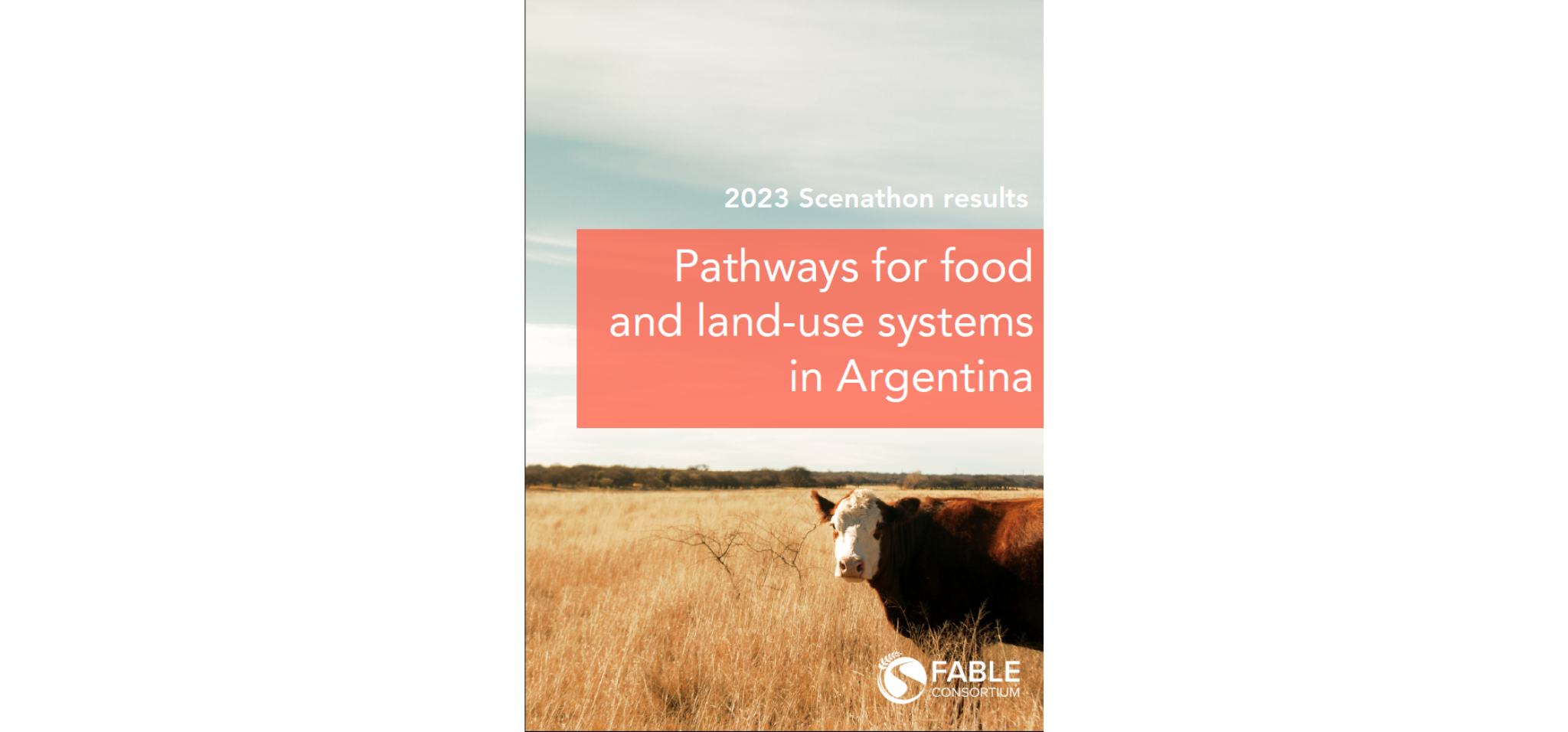 Argentina
Argentina
 Australia
Australia
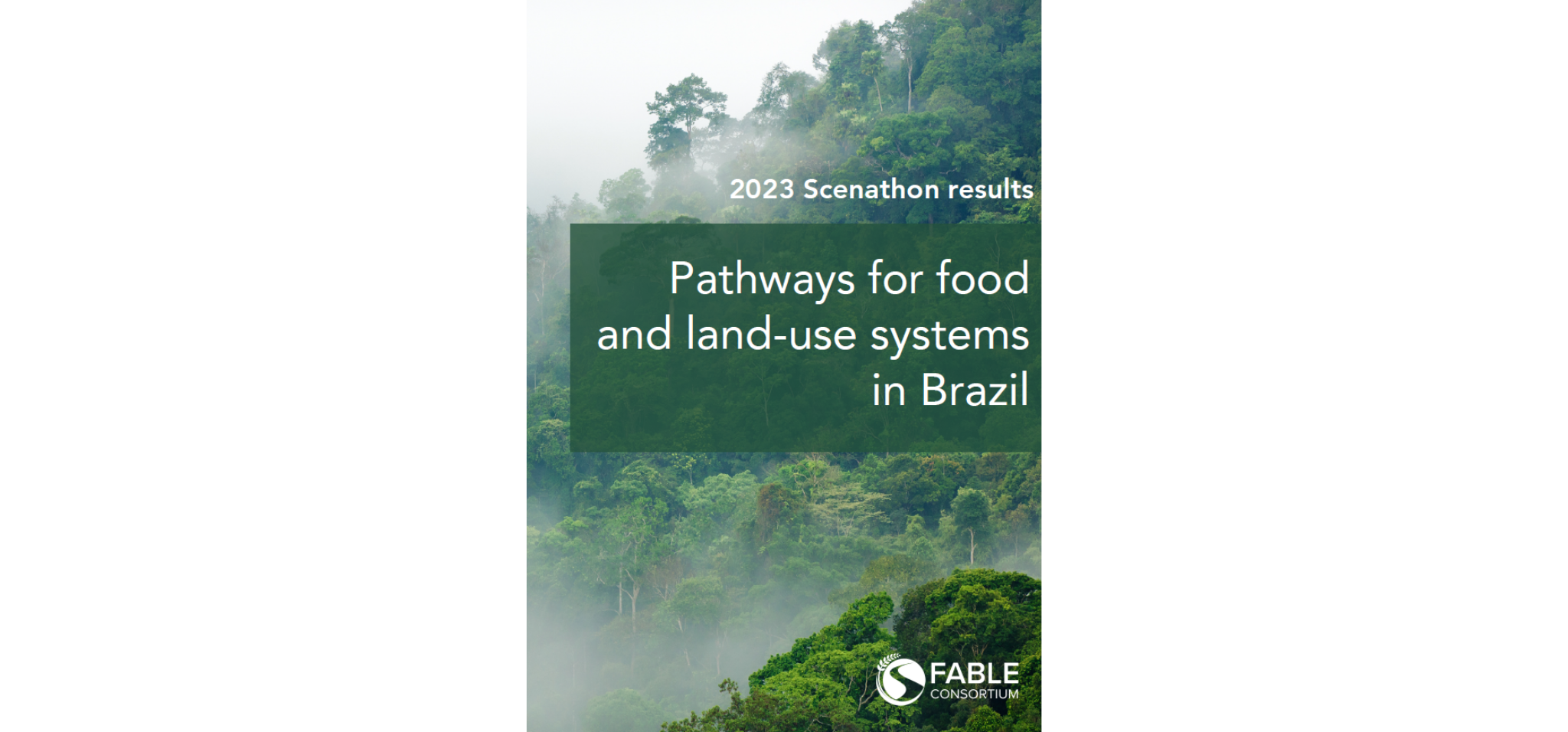 Brazil
Brazil
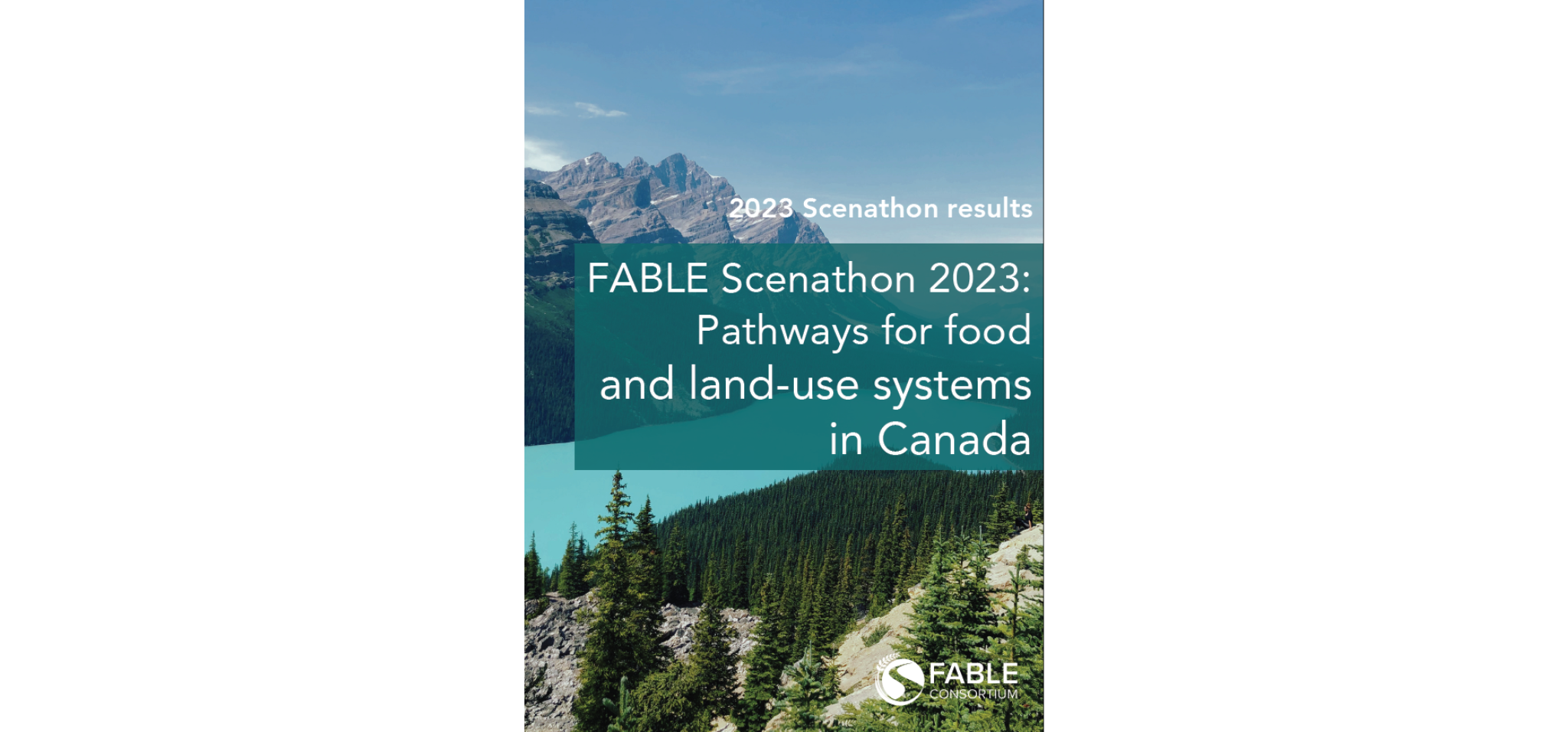 Canada
Canada
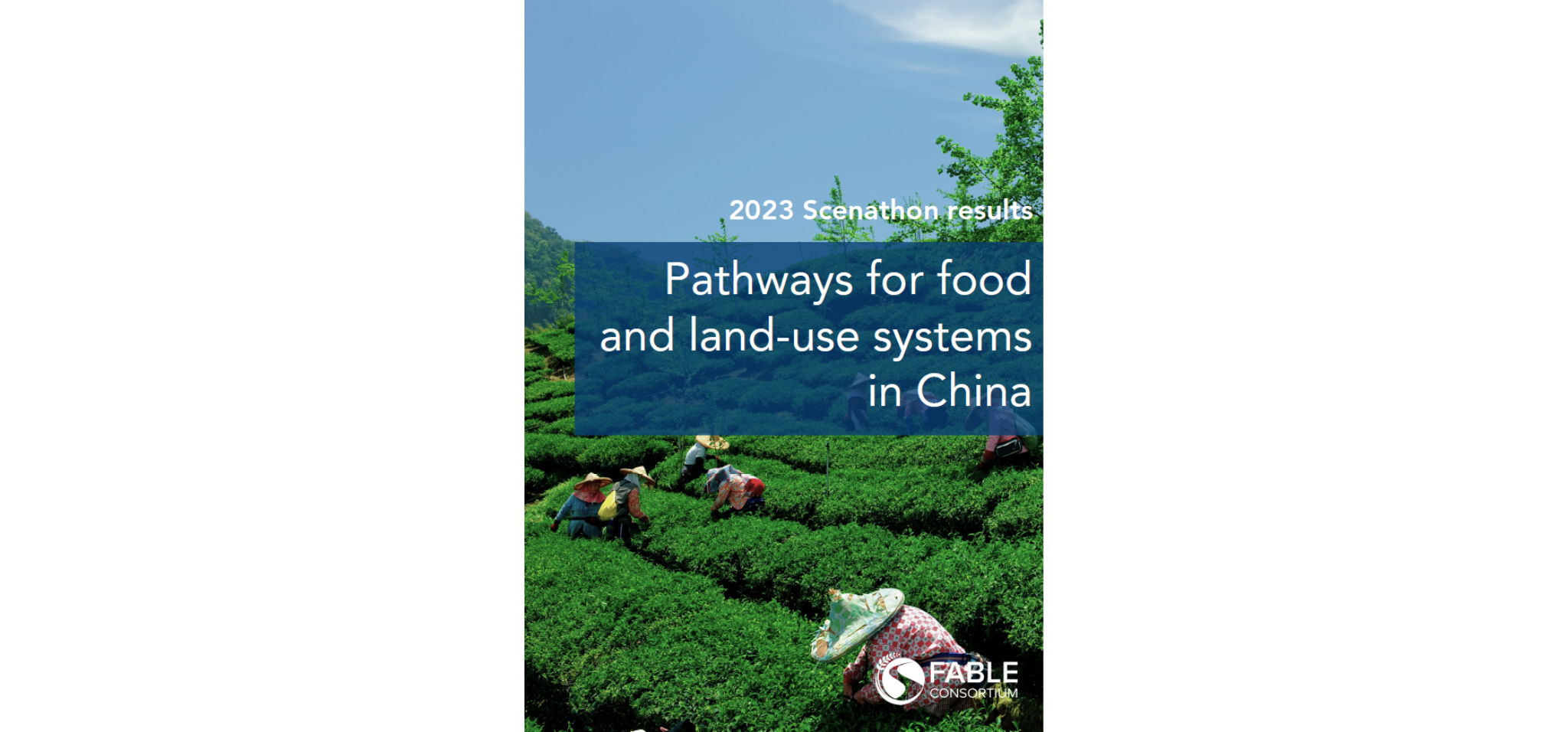 China
China
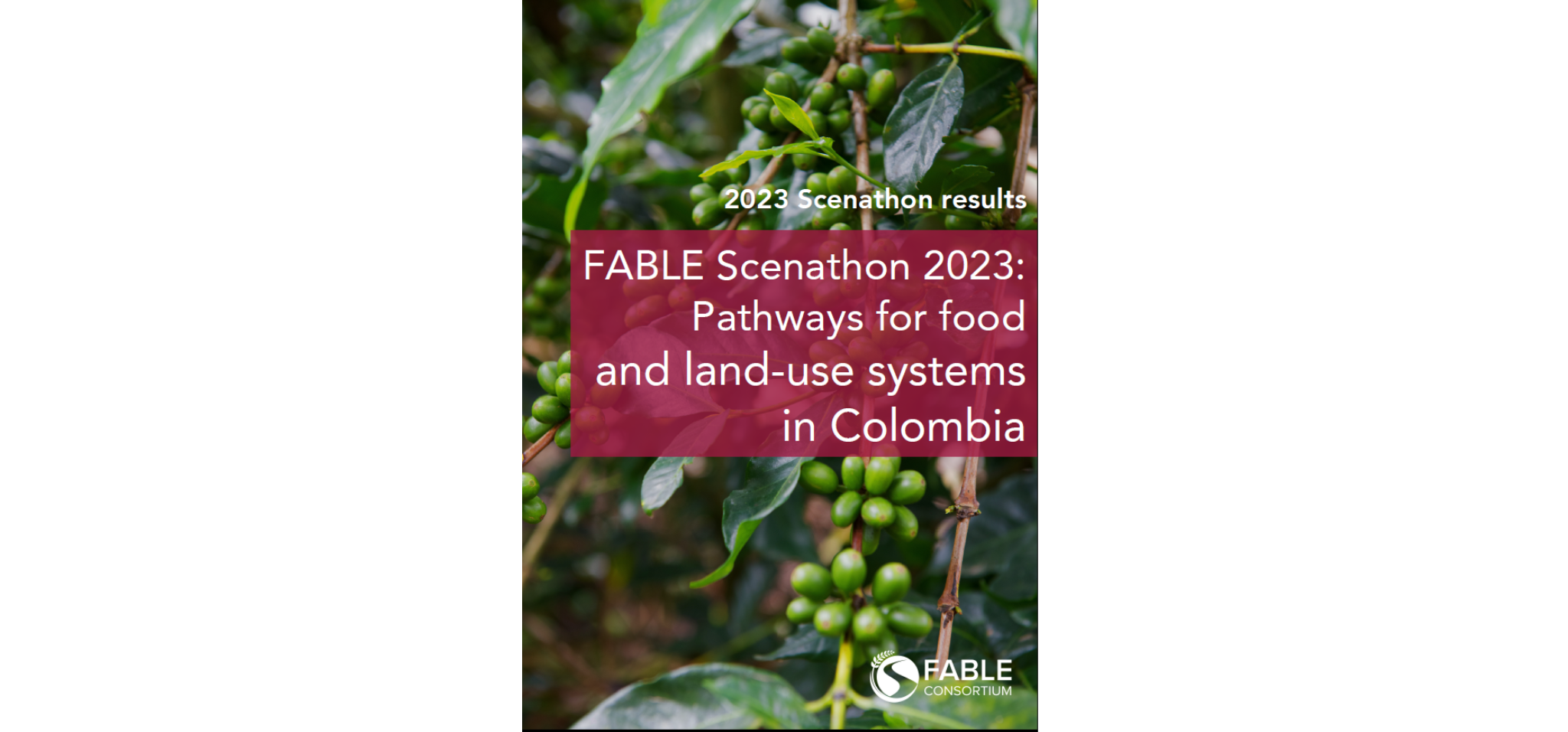 Colombia
Colombia
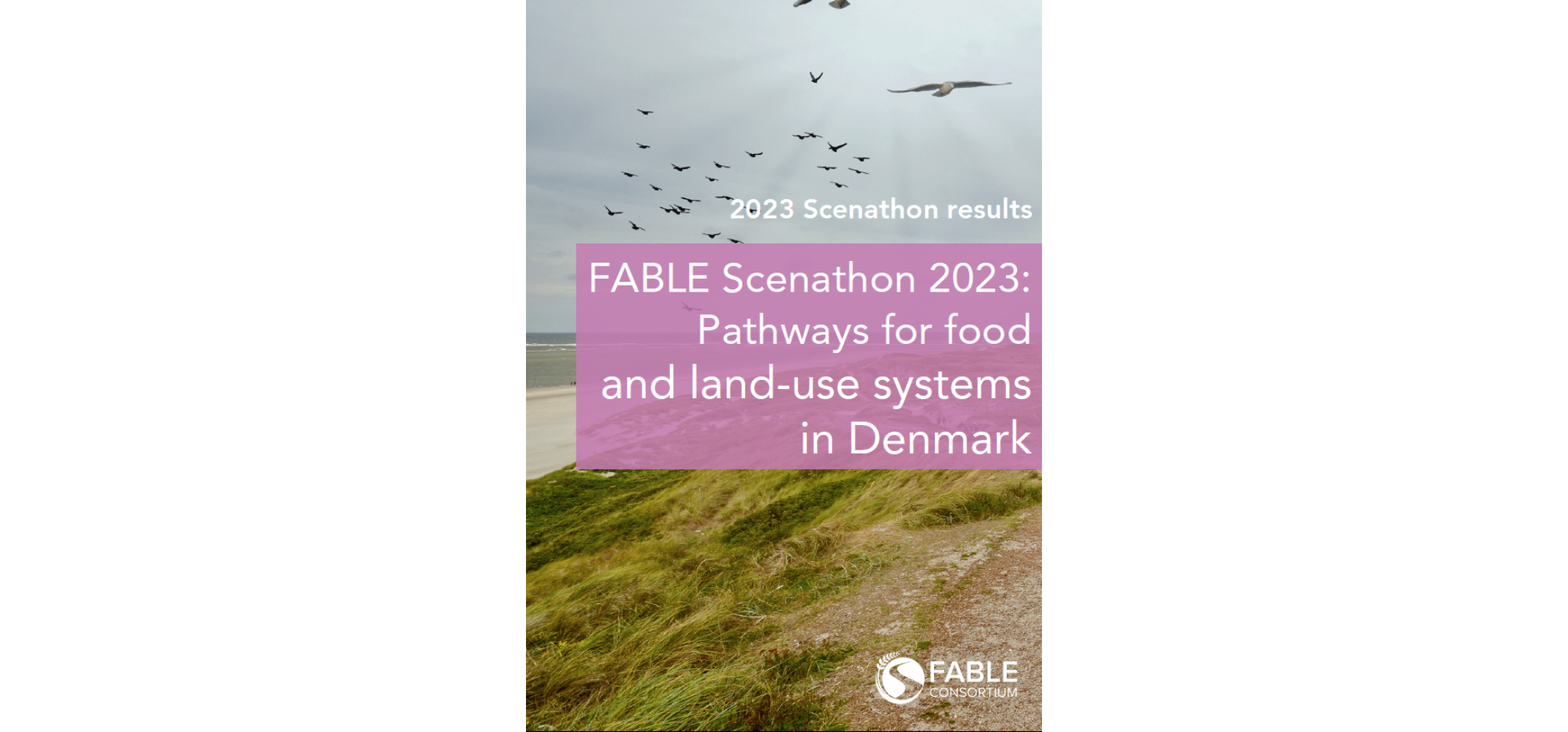 Denmark
Denmark
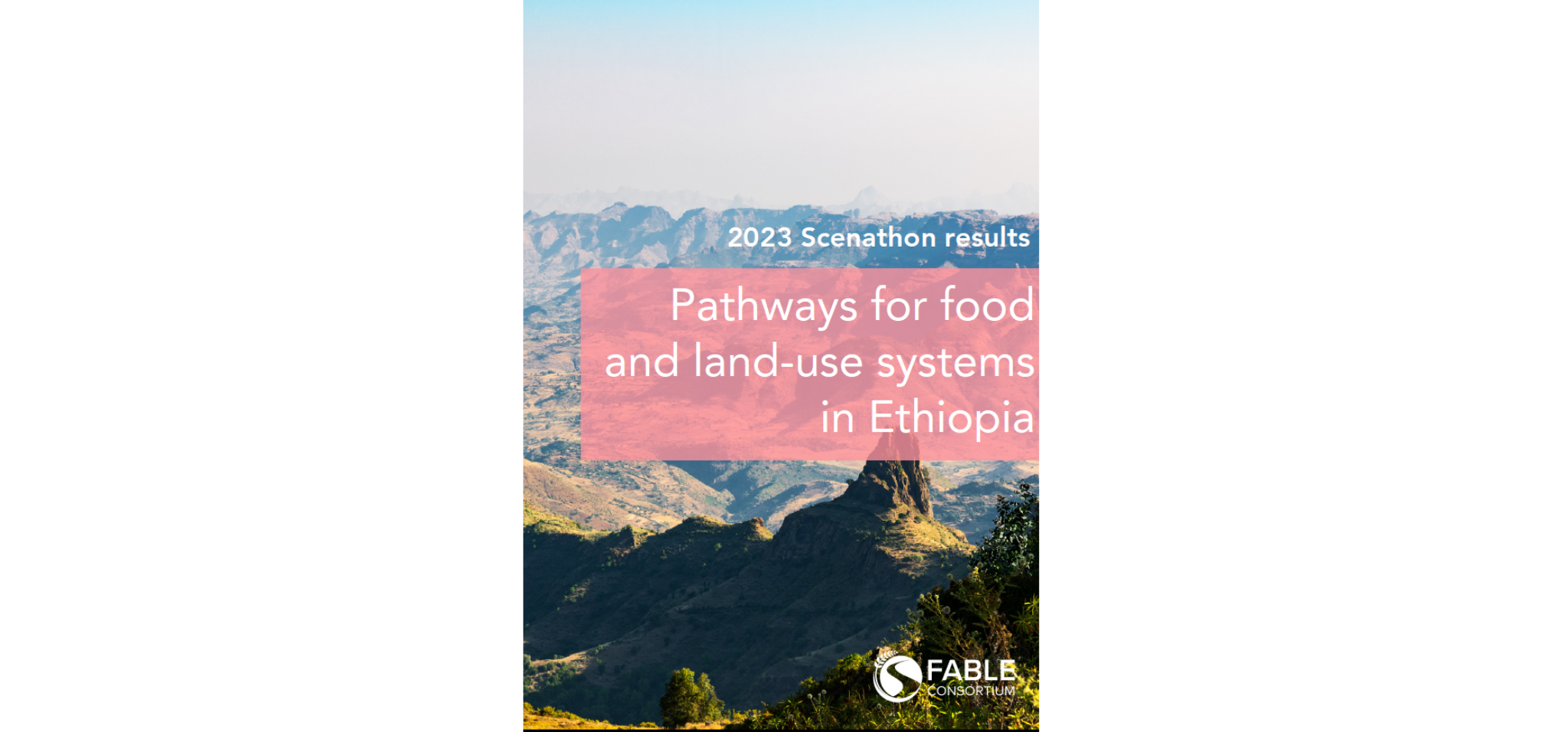 Ethiopia
Ethiopia
 Finland
Finland
 Germany
Germany
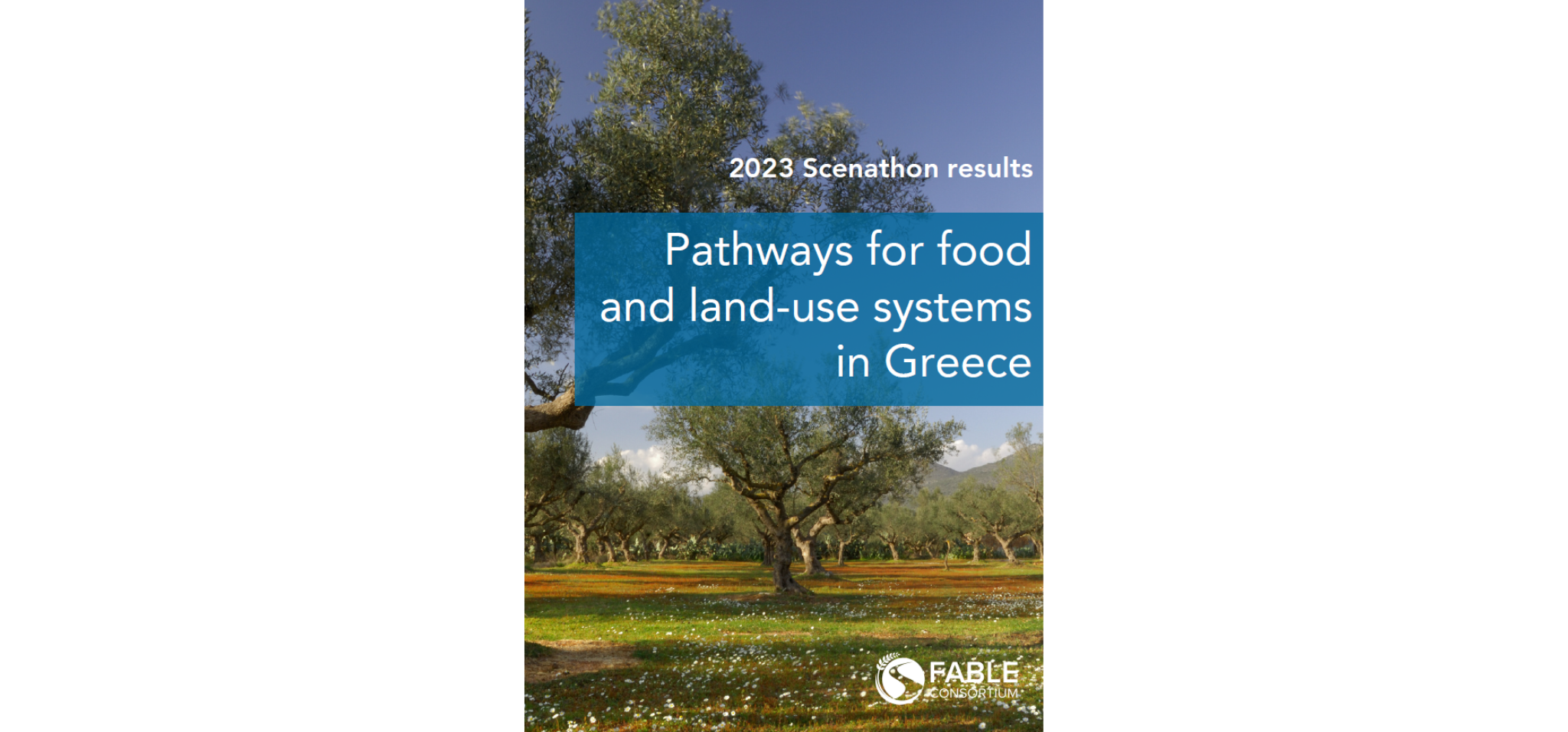 Greece
Greece
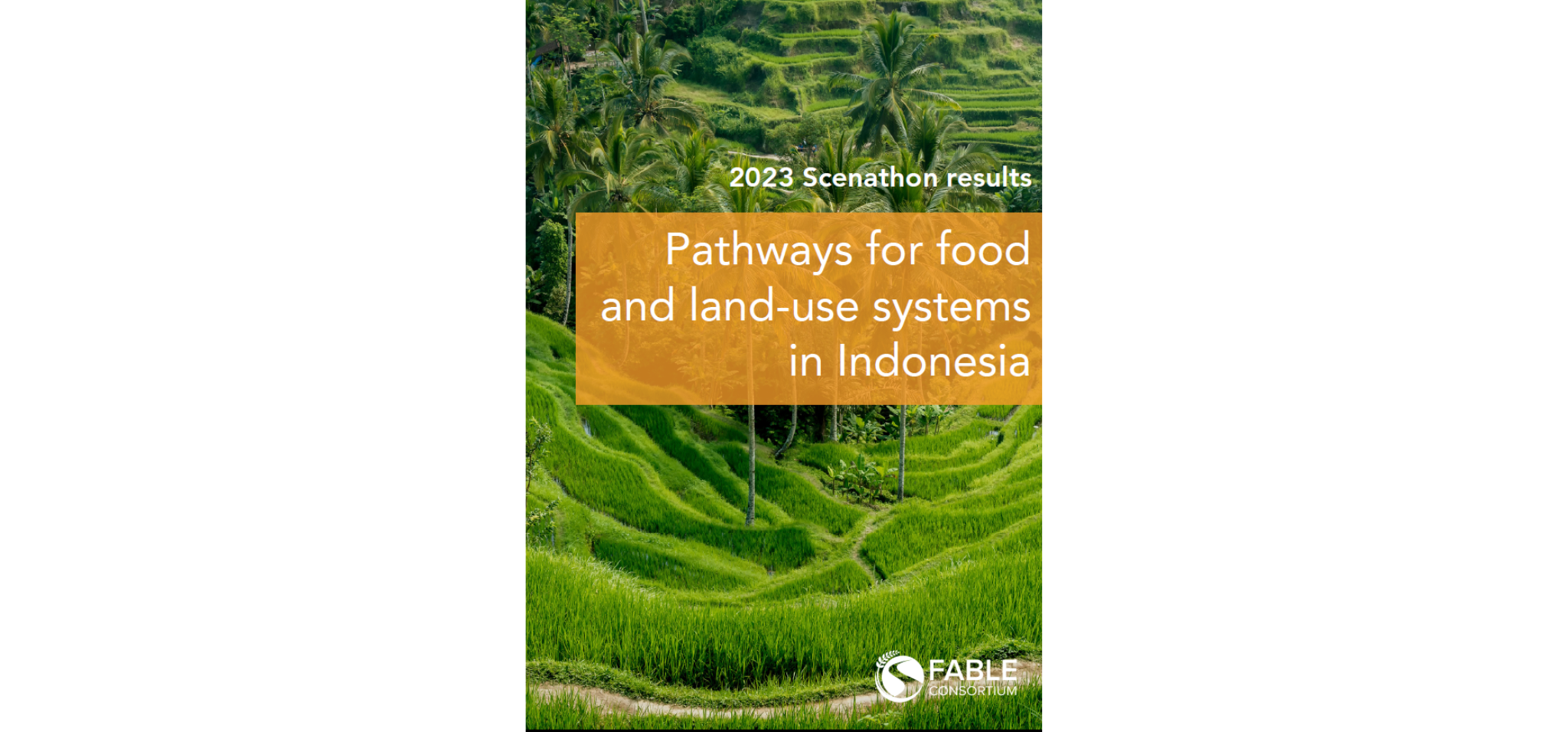 Indonesia
Indonesia
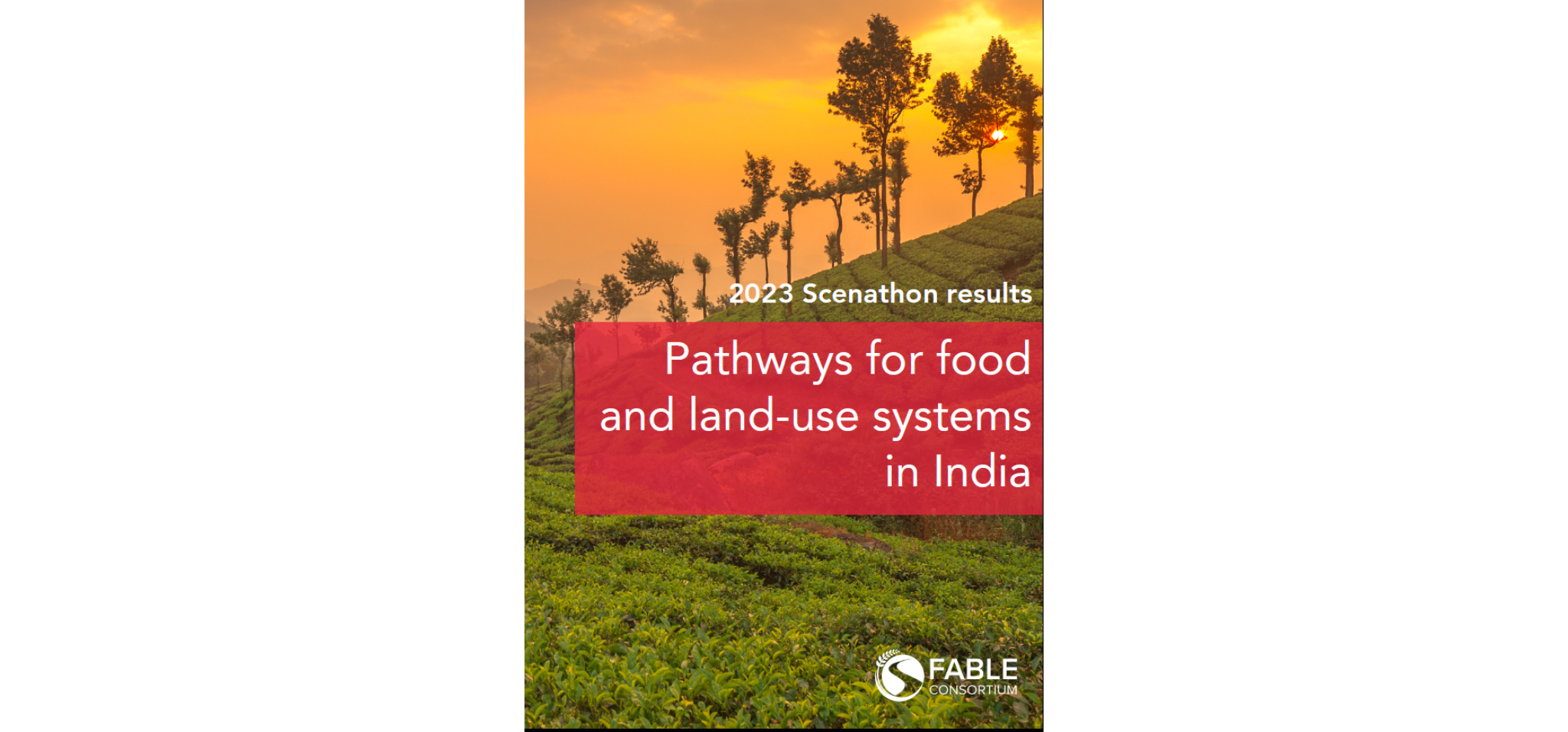 India
India
 Mexico
Mexico
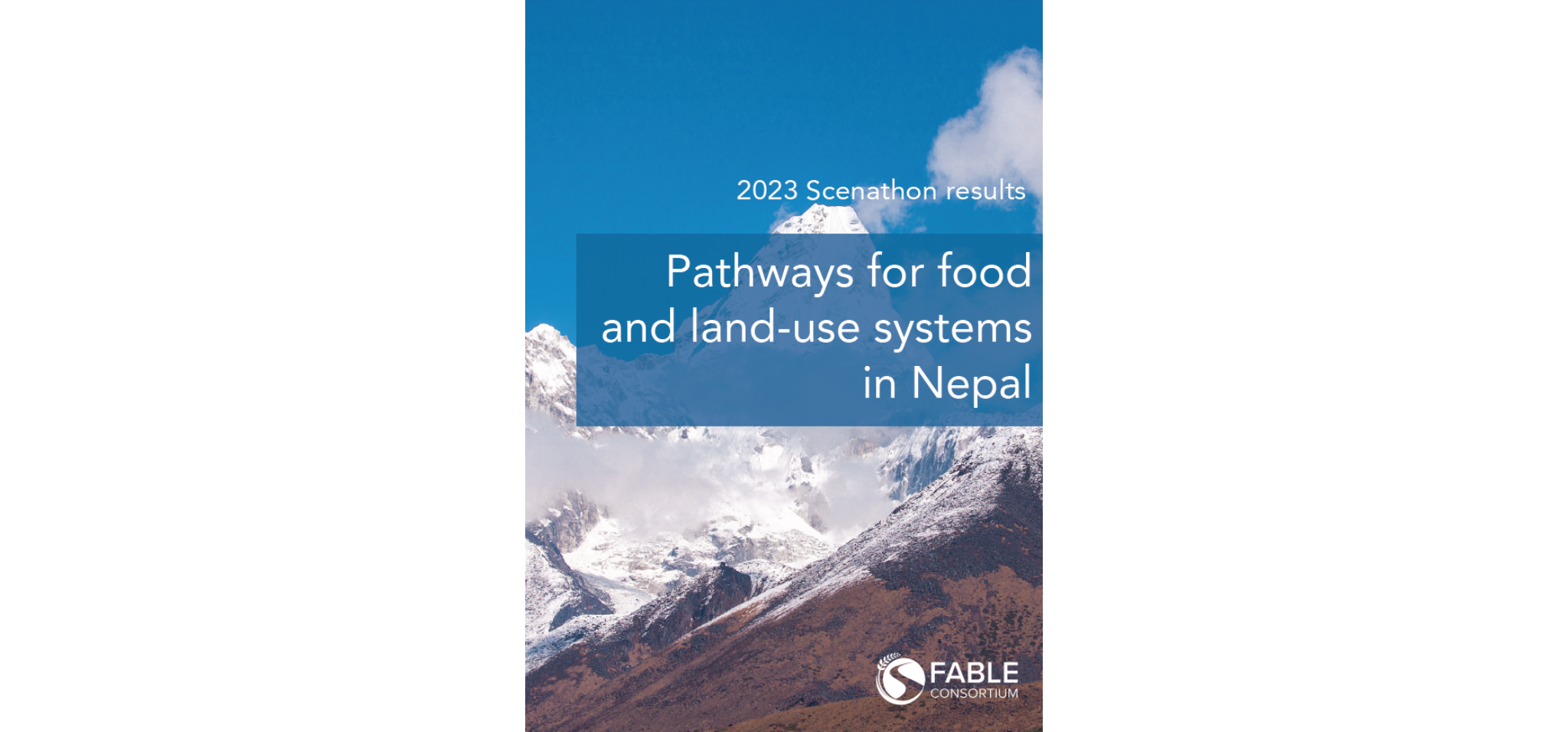 Nepal
Nepal
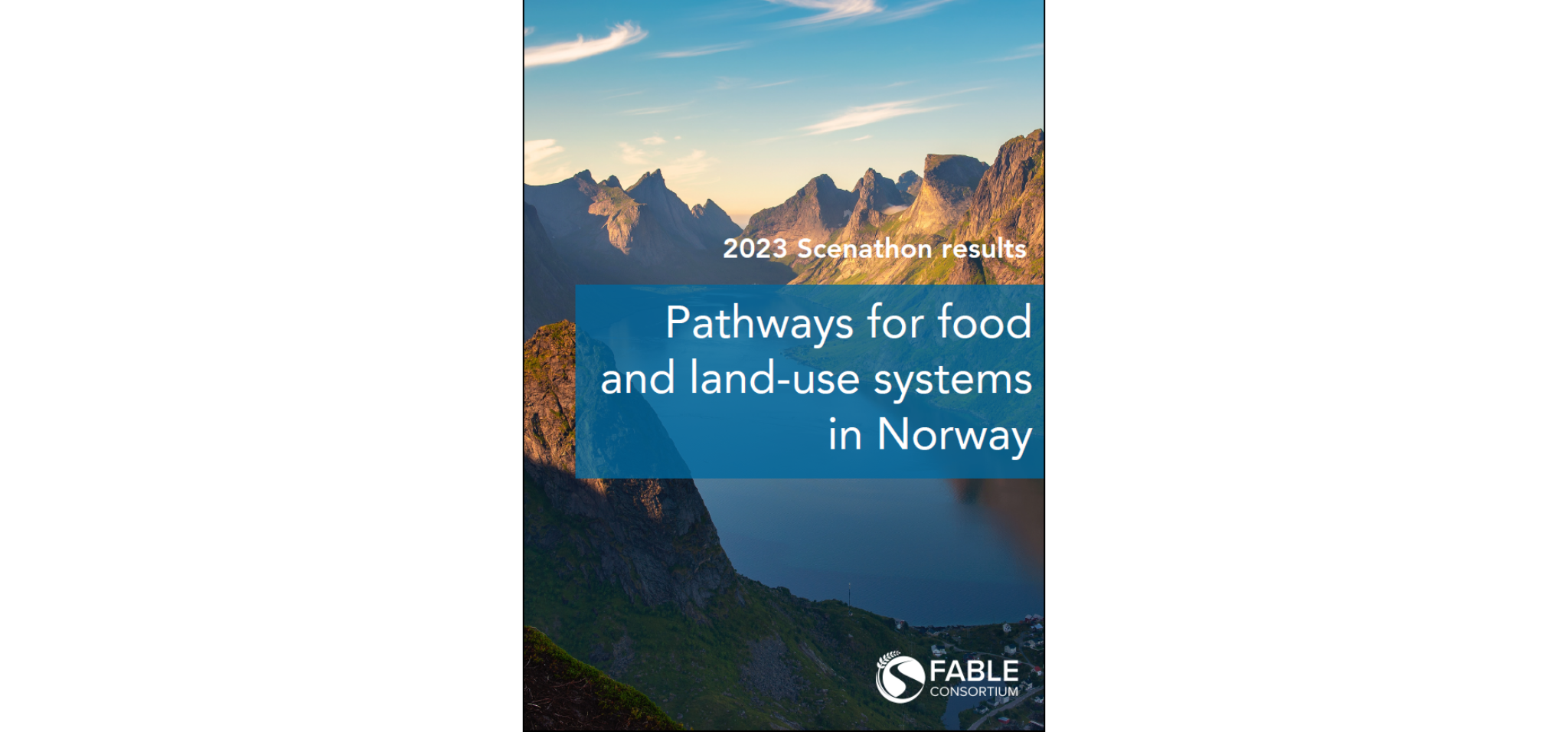 Norway
Norway
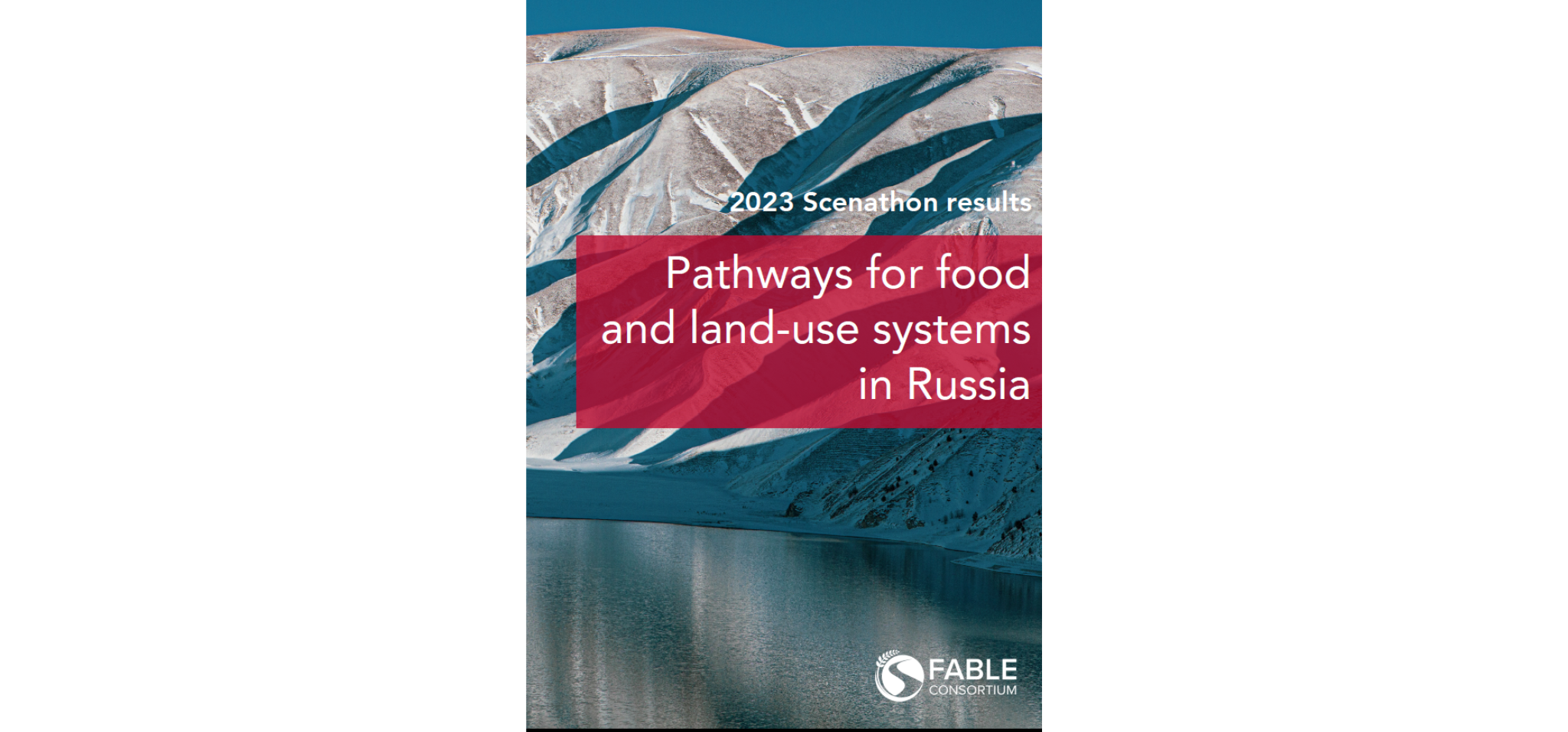 Russia
Russia
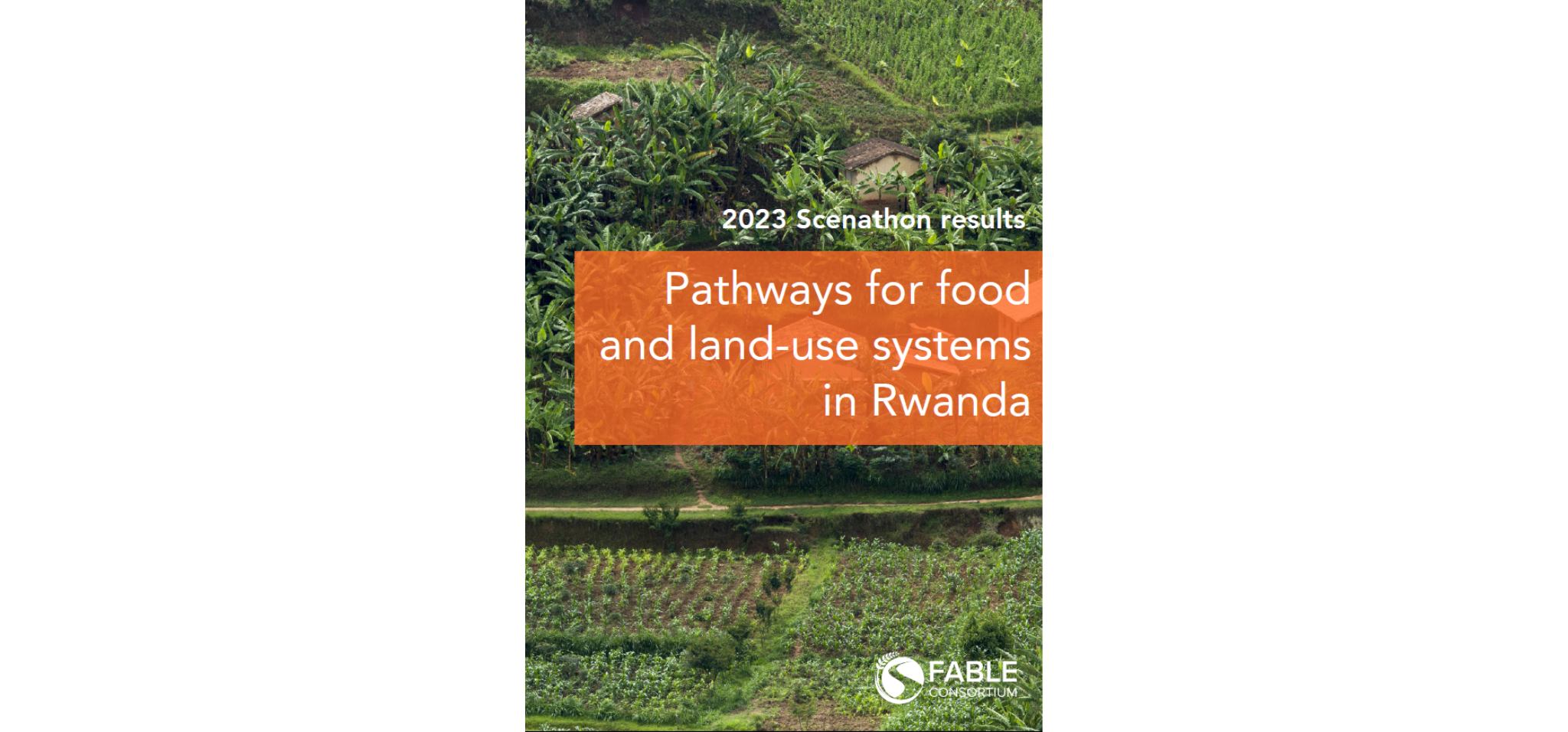 Rwanda
Rwanda
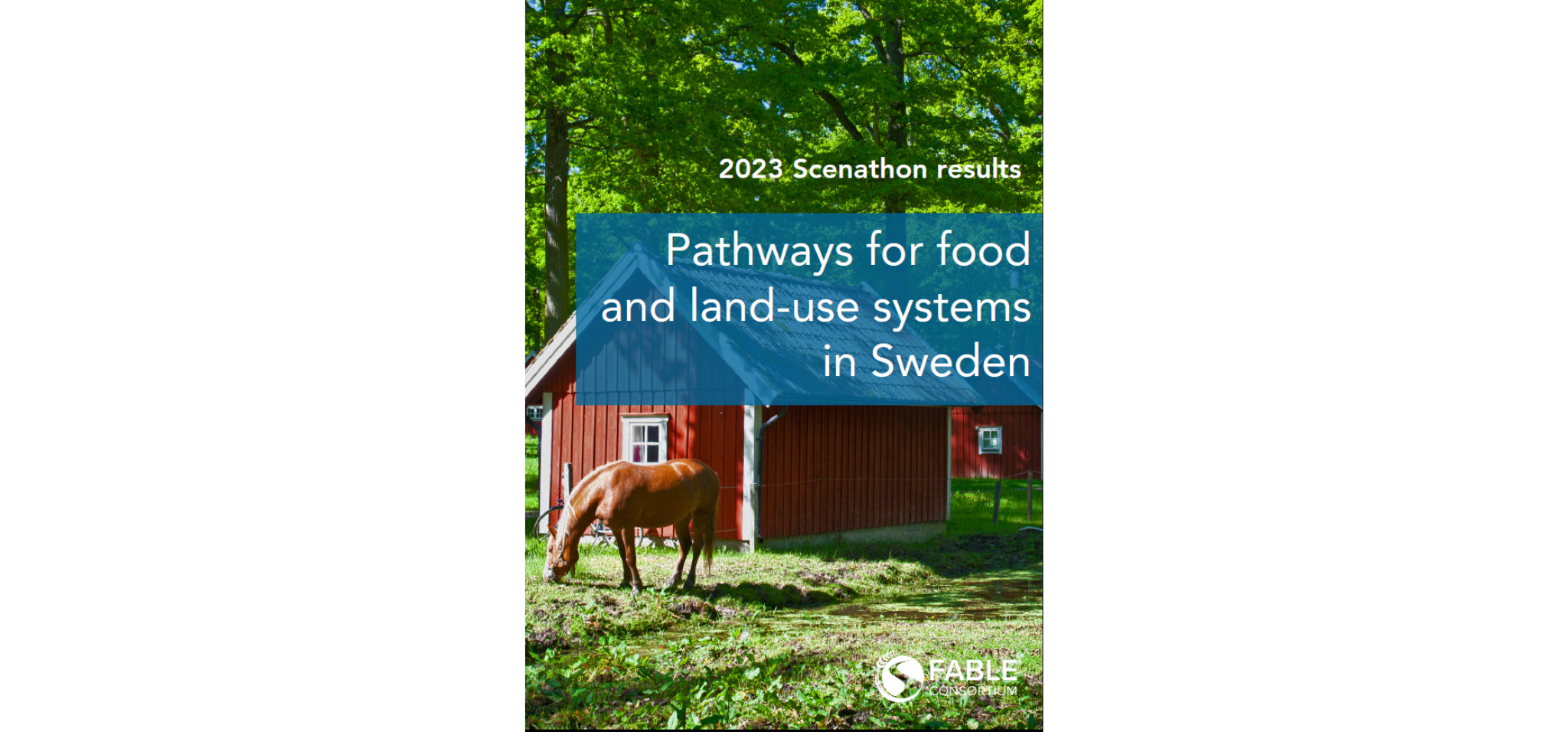 Sweden
Sweden
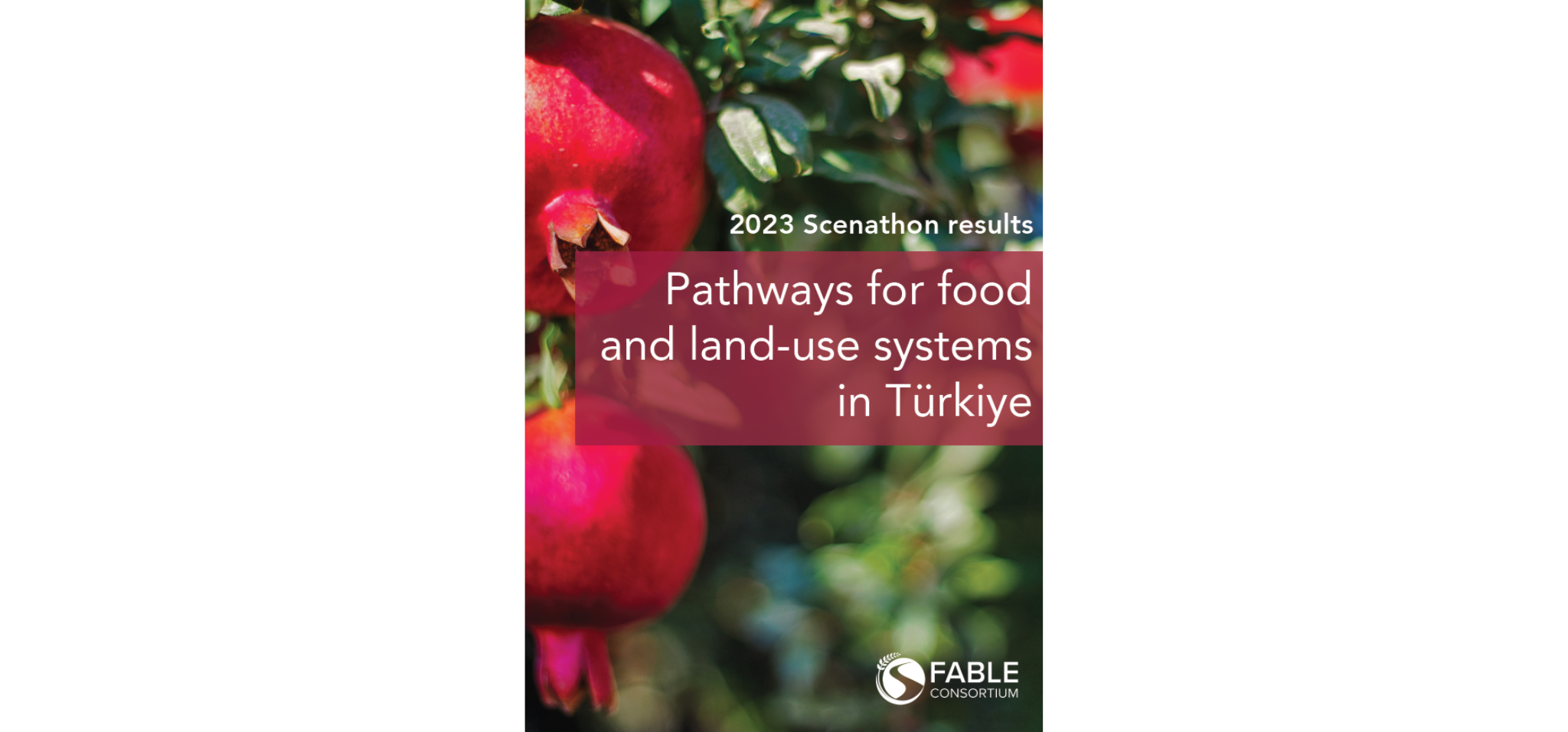 Türkiye
Türkiye
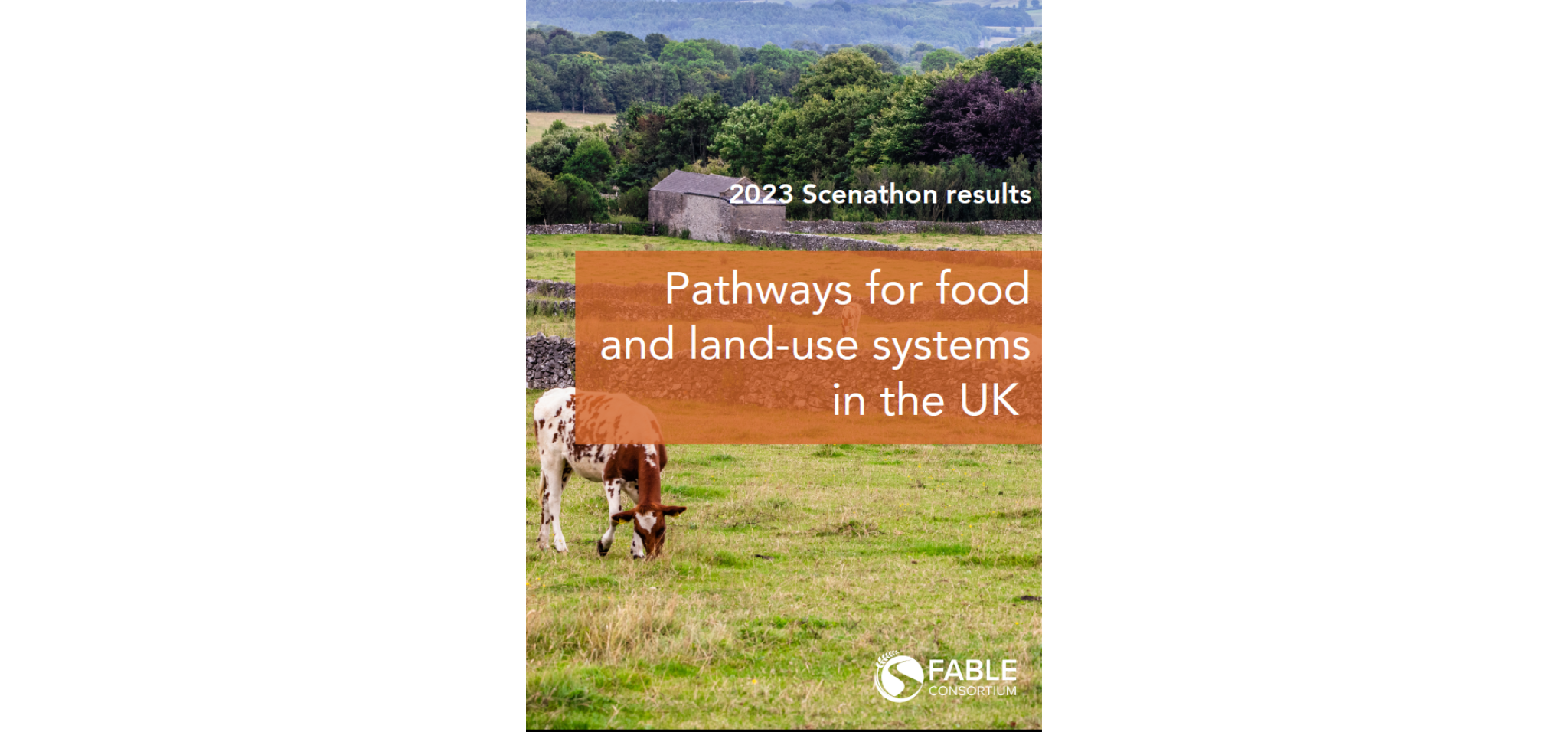 United Kingdom
United Kingdom
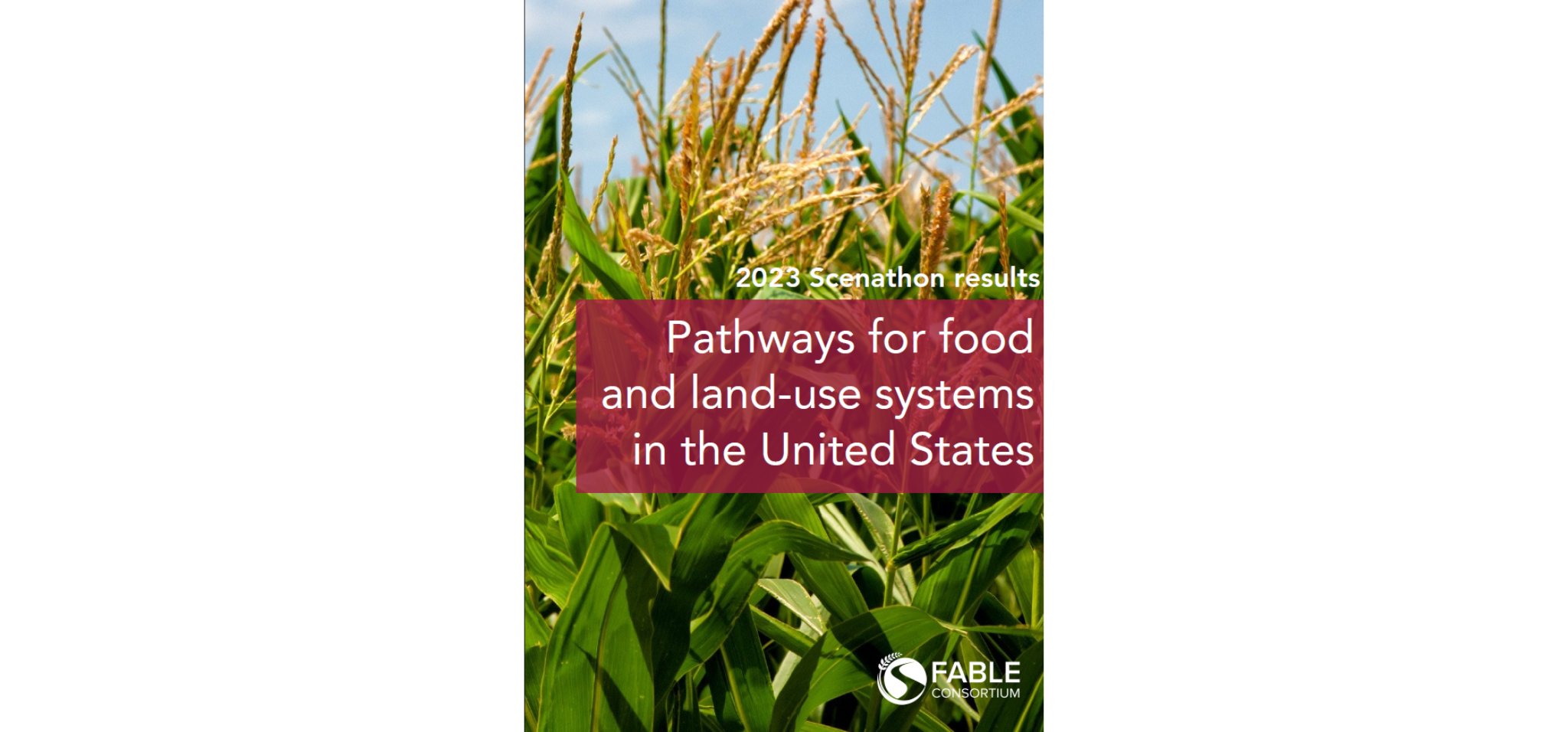 United States
United States
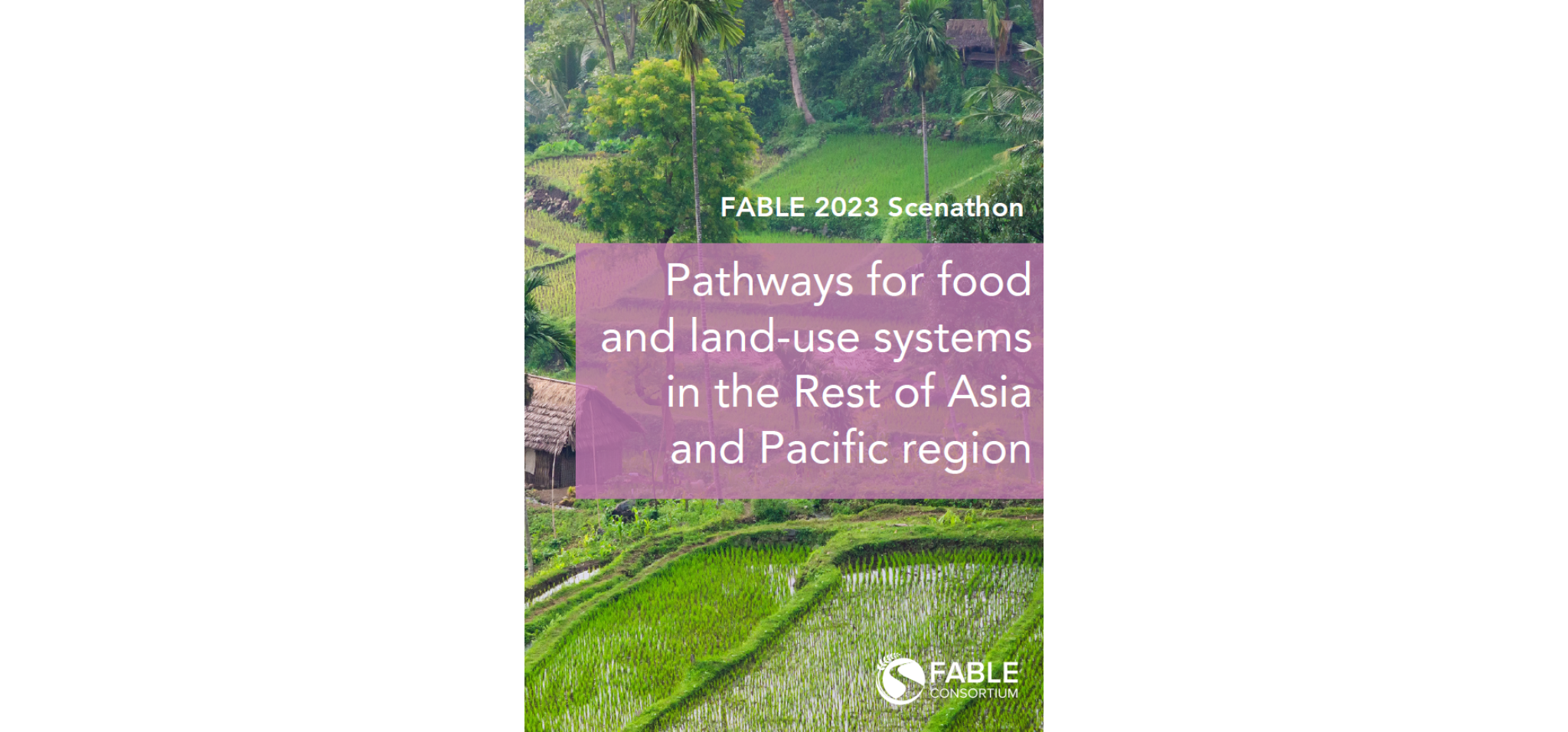 Rest of Asia Pacific
Rest of Asia Pacific
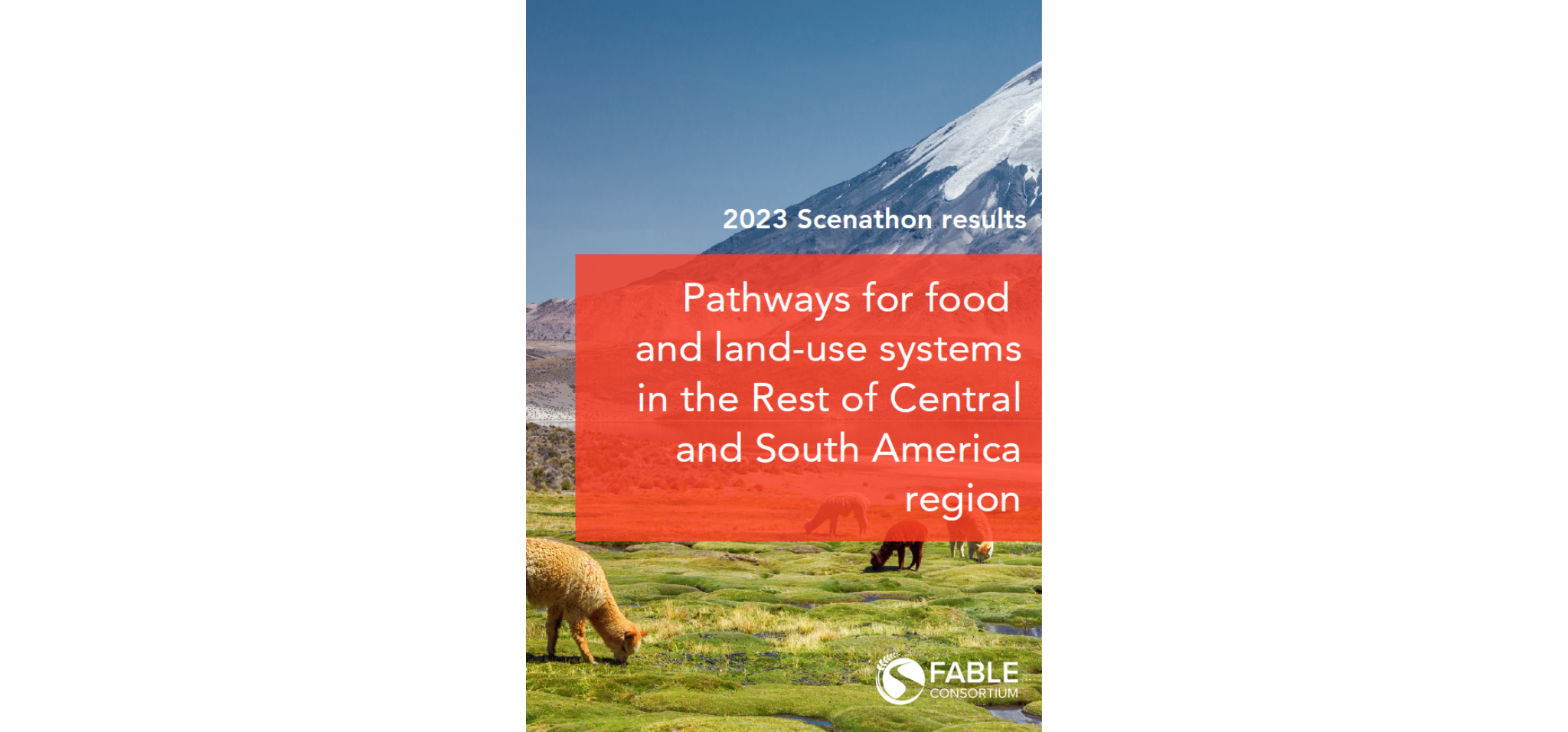 Rest of Central and South America
Rest of Central and South America
 Rest of European Union (EU)
Rest of European Union (EU)
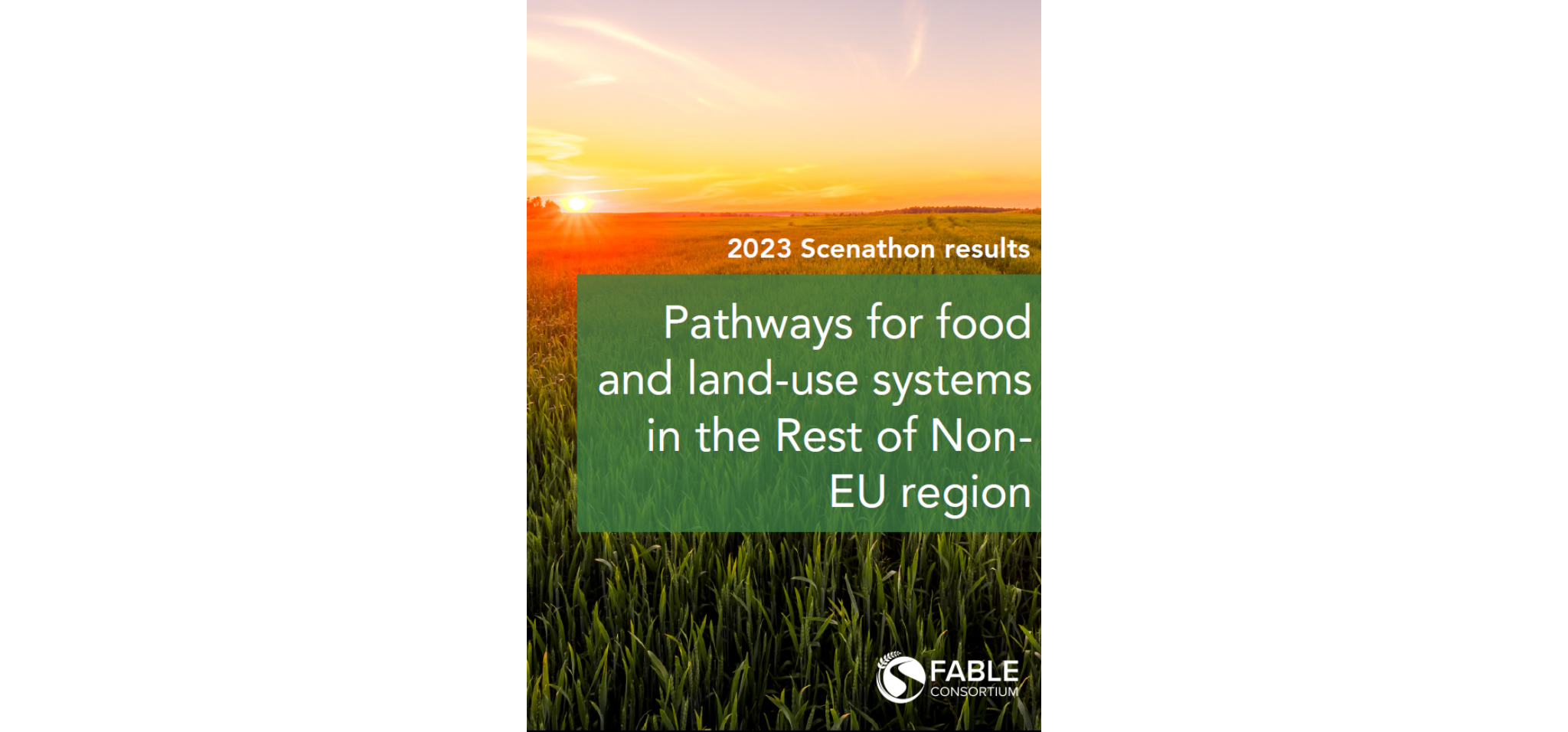 Rest of Europe (non-EU)
Rest of Europe (non-EU)
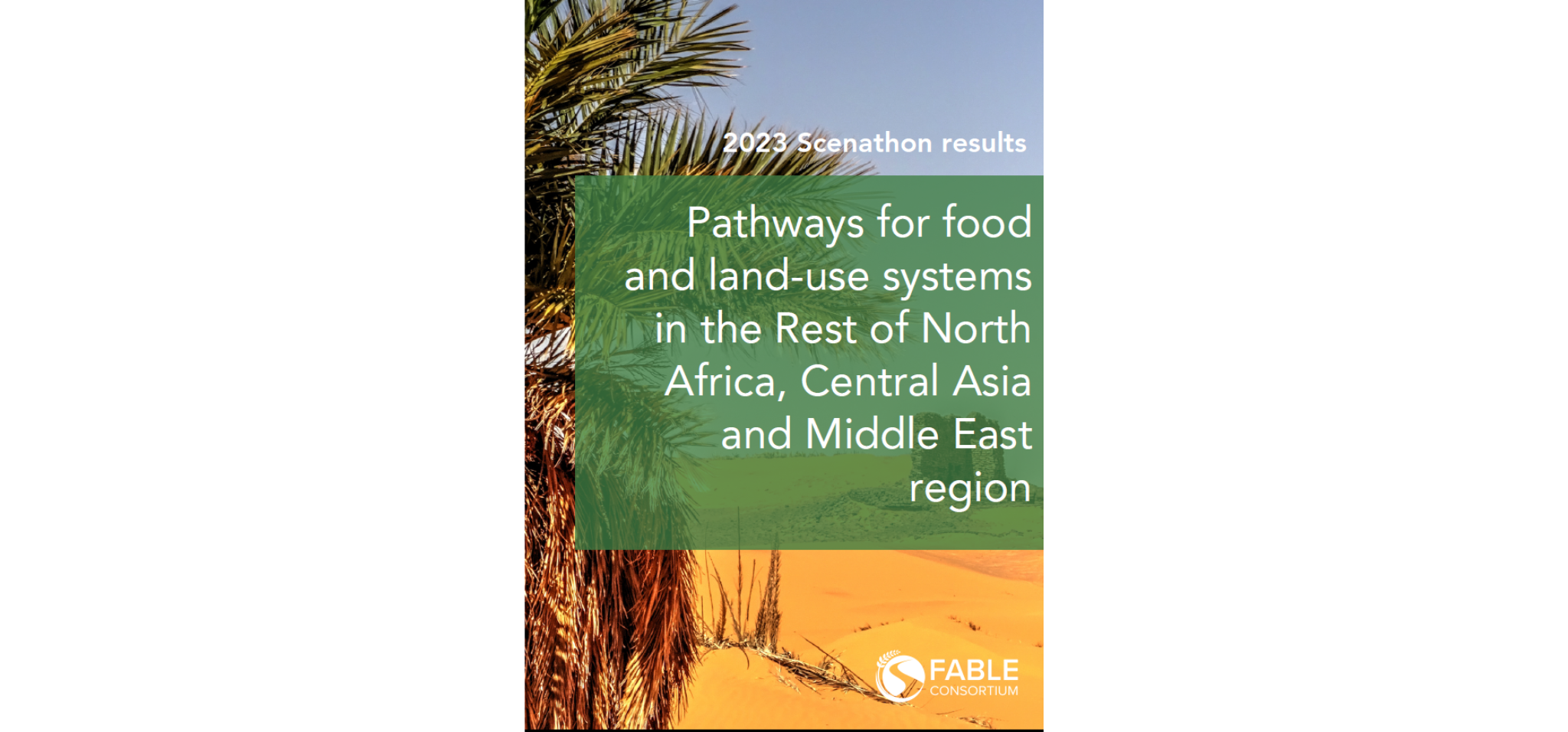 Rest of North Africa, Central Asia and Middle East
Rest of North Africa, Central Asia and Middle East
 Rest of Sub-Saharan Africa
Rest of Sub-Saharan Africa